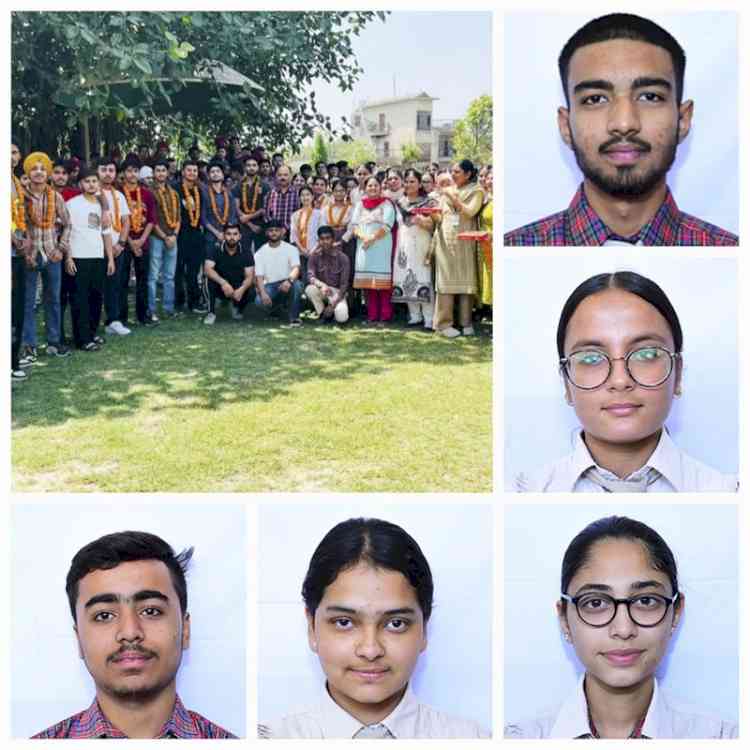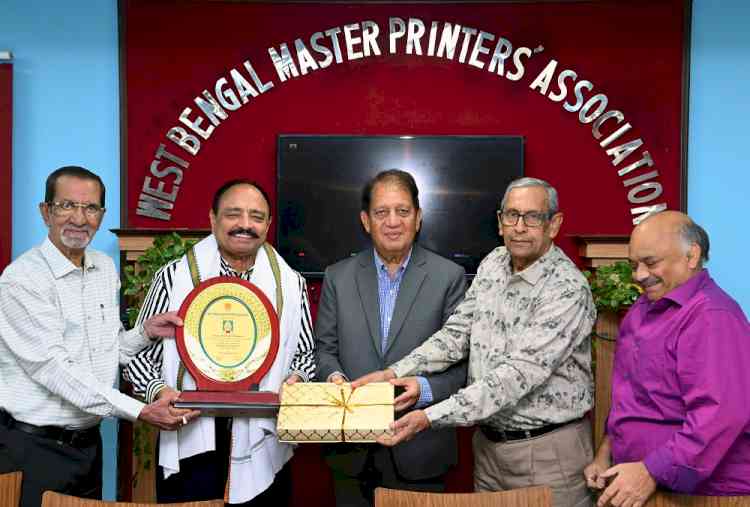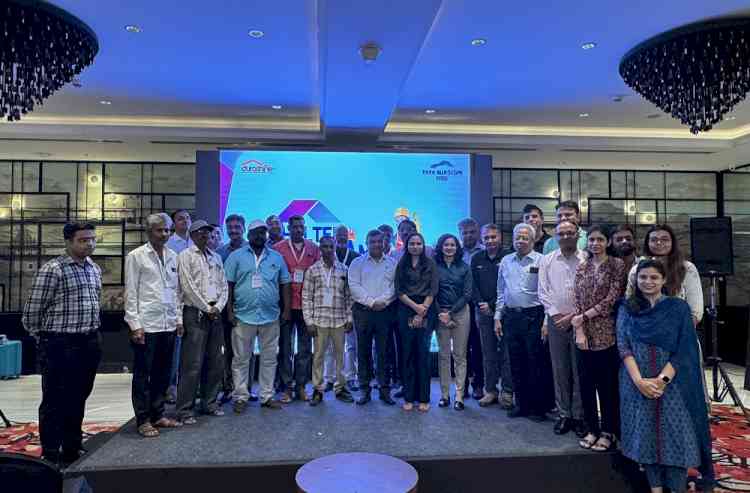Be cautious against poisonous gasses in tubewell pits: PAU Expert
Author(s): Charanjit Singh SalujaLudhiana, August 4, 2014: The Soil and Water Engineering experts of the Punjab Agricultural University (PAU) have observed that the cultivation of rice in hot and humid climate often results in accumulation...

Ludhiana, August 4, 2014: The Soil and Water Engineering experts of the Punjab Agricultural University (PAU) have observed that the cultivation of rice in hot and humid climate often results in accumulation of gasses like carbon dioxide and nitrogen in tubewell pits.
Dr A K Jain, Head, Department of Soil and Water Engineering, said, “In case, a farmer enters the tubewell pit for any repair of the pump, he can become unconscious due to less oxygen and may die because of asphyxia.” He advised the farmers to check the presence of poisonous gases before entering the tubewell pits. He also suggested lowering a lighted lamp into the pit to check the presence of gasses. If the lamp blows out, it indicates carbon dioxide/nitrogen levels in the pit are much higher than oxygen level, he added.
Elaborating, Dr Jain said that in order to push out these gasses in shallow pits, move an open inverted umbrella up and down in the pit for about one hour or a jute bag can also be used for this purpose. The gas can also be removed by lowering a table fan up to bottom of the pit and running it for half an hour. He further said, “In case of belt-driven pumpsets, run the pump idle for about 20 minutes, the gas will be agitated and will come out of pit within 30 minutes.” For deep pits, air blower can be used to push out the gasses by lowering a flexible plastic pipe attached to the inlet of the blower. Put lime (calcium oxide) solution in the pit to neutralise the carbon dioxide gas, he told. Plastering of walls can also reduce the entry of gasses in the pit, but will not prevent it fully, he observed. After adopting any one of these methods, the lighted lamp should again be used before entering the pit. Dr Jain emphasised that at least, one person should be present at the site when the pump/motor is being repaired in the pit.

 cityairnews
cityairnews 
















